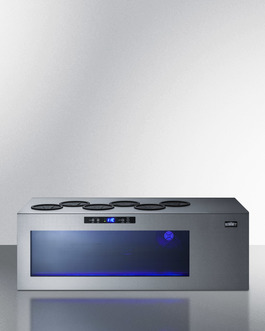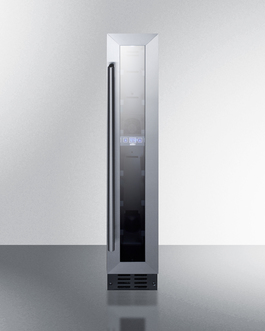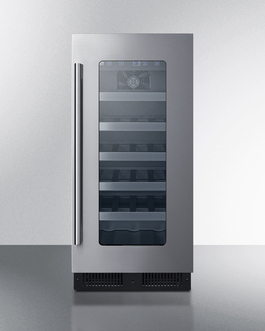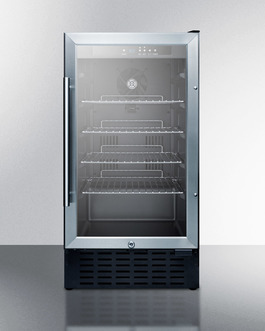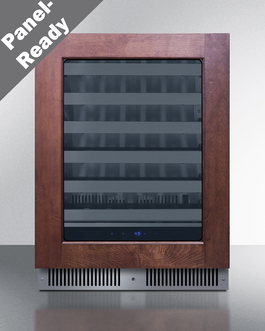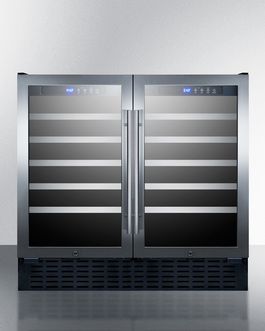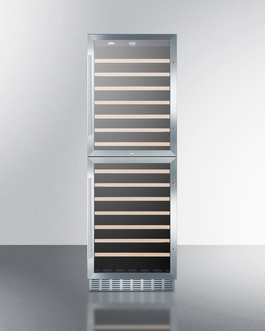The Benefits of Decanting Wine
Wine and air can be a complicated topic. It's a tightrope walk: too much air can ruin wine, too little can hold it back. That's where decanting can bring a delicious balance.
After bottling, wine is sealed tightly to keep air out and evolve in the bottle. Once opened, wine--especially a young red--can be very tight and tannic. The wine's exposure to air softens the tannins and allows the fruit flavors to shine through.
Mature, full-bodied reds with sediment do not need as much air to be enjoyed, but may have developed some sediment (the organic matter from grapes that settles in the bottle). Careful decanting is necessary to separate the sediment from the wine.
To give young wines a big breath of air, simply uncorking a bottle is not enough. The opening is too small to let in enough air to aerate it sufficiently. That's where a decanter comes in. Although many decanters offer aesthetic beauty as well as functional aerating features, you don't have to purchase anything fancy. You can simply pour your wine into a large pitcher. The act of pouring into any vessel allows a good amount of air to be incorporated into your wine. This may be enough for some lighter wines, but a young tannic red may need more aggressive aerating to soften the tannins.
An aerating funnel is a great aide to increase air incorporation during pouring, but sometimes you still need to let you wine rest in the decanter for an hour or two. A great test is to taste the wine every 30 minutes. You will notice the aromas and flavors evolve with time.
A mature wine needs a more gentle approach with decanting. Let the bottle stand upright for a day or two to allow any sediment to settle at the bottom of the bottle. After corking, wipe the inside and outside neck of the bottle with a clean cloth. In a well-lit room, using a decanter fitted with a fine mesh-screened funnel, begin to pour the wine in a slow steady stream into the decanter. Keep an eye on the sediment; as soon as you see it creeping into the bottleneck, stop pouring. A fine mesh funnel should capture any bits that may get by.
Another important thing to remember is timing your decanting. Because younger wines may need an hour or two in a decanter to sufficiently aerate, you may want to decant before your guests arrive. A mature wine may only need 15 minutes to breathe.
Related Links:
Wine Cellars By Summit
How to Store Wine
Choosing the Right Wine Glass
Storing & Aging Craft Beer
Beer Storage By SUMMIT
Pub Cellars For Ale Storage & Aging
Cold Brew & Nitro Coffee Dispensers
Downloadable Catalogs:
Built-In Undercounter Refrigeration Line
Apartment Sized Refrigerator-Freezers
Beer, Wine, & Outdoor Collection
Hospitality Appliance Collection
Commercial Product Line
Complete Cooking Catalog
Small Kitchen Designs By Summit
